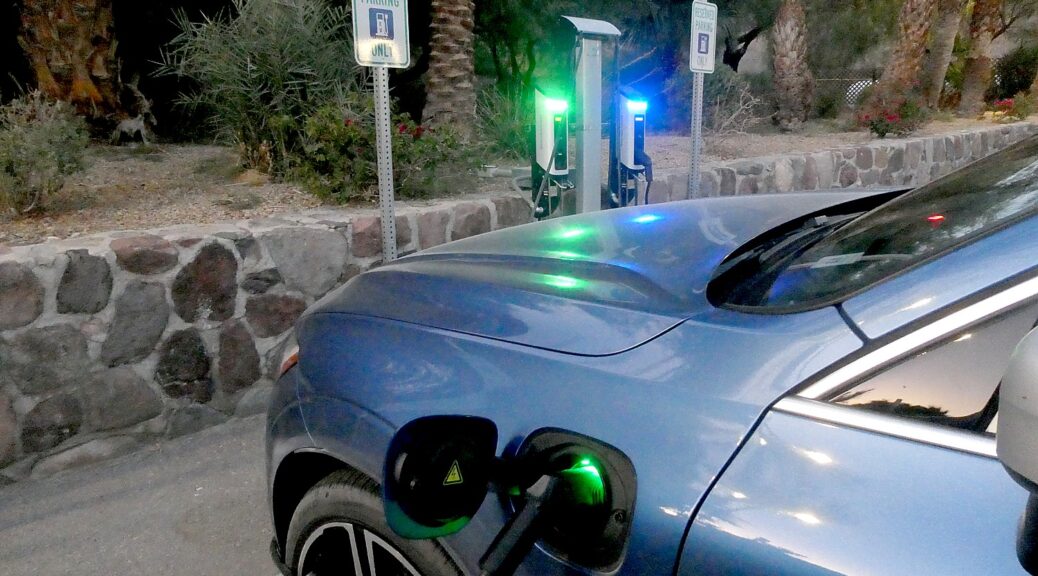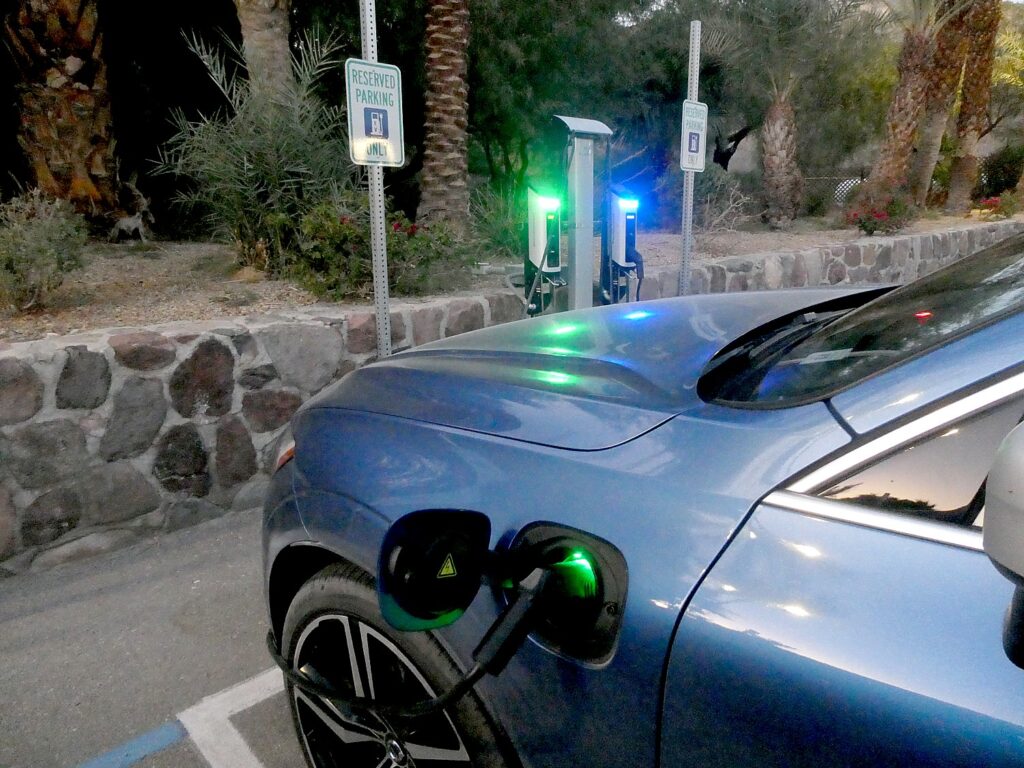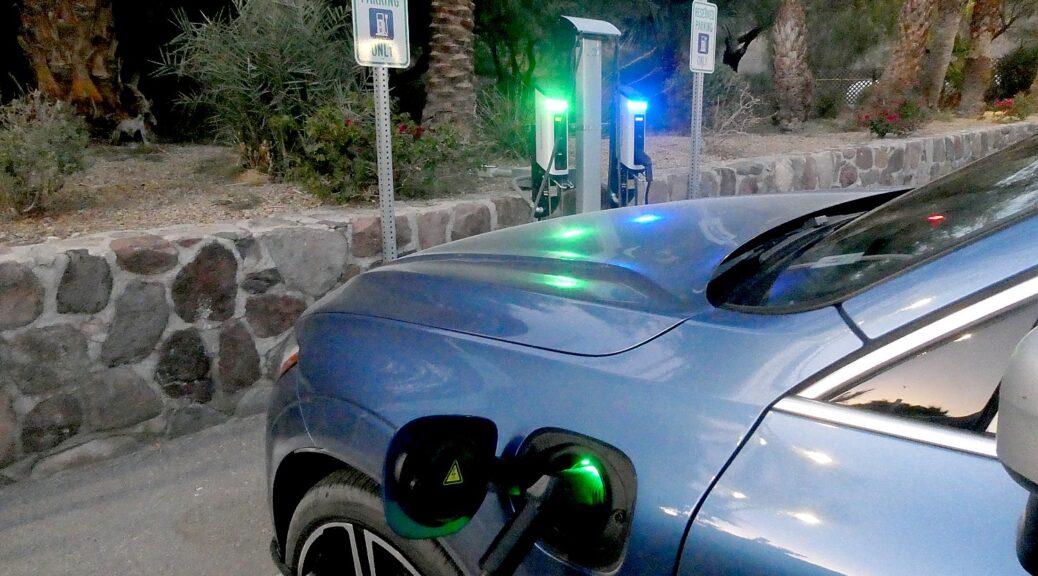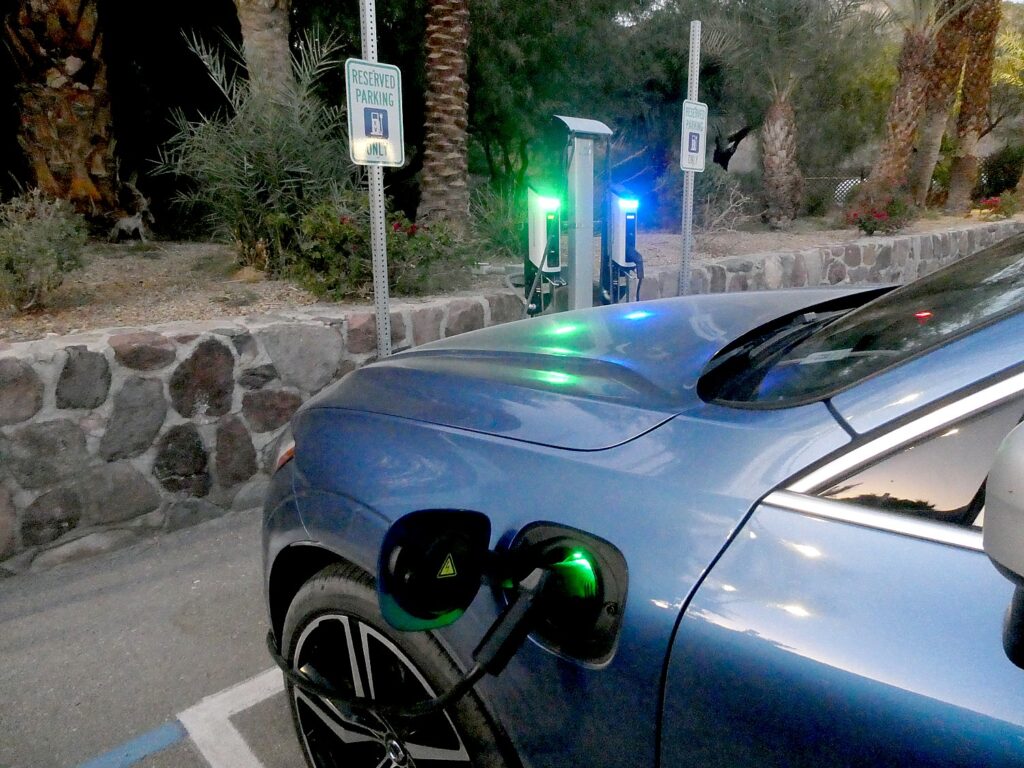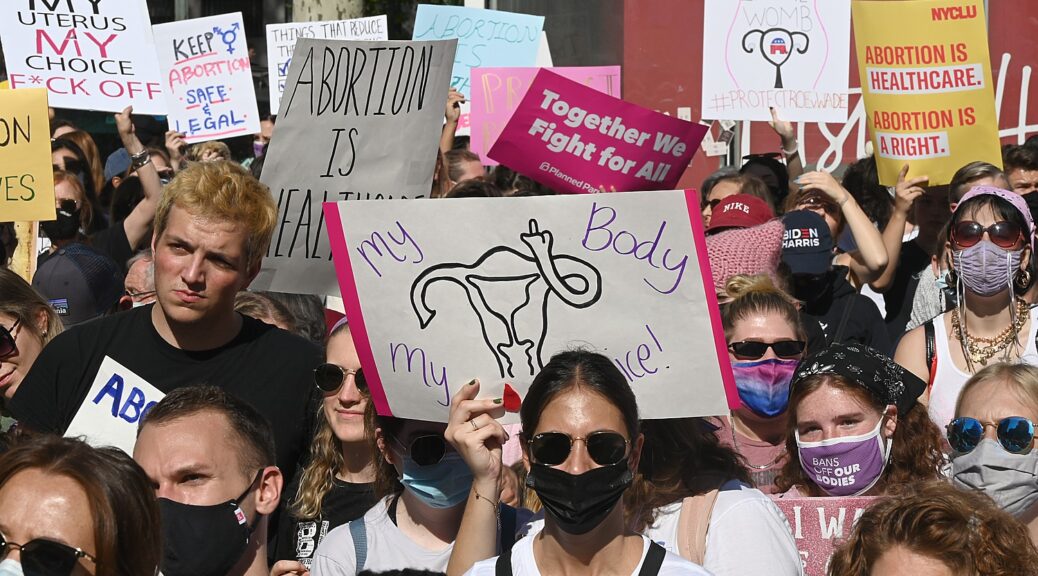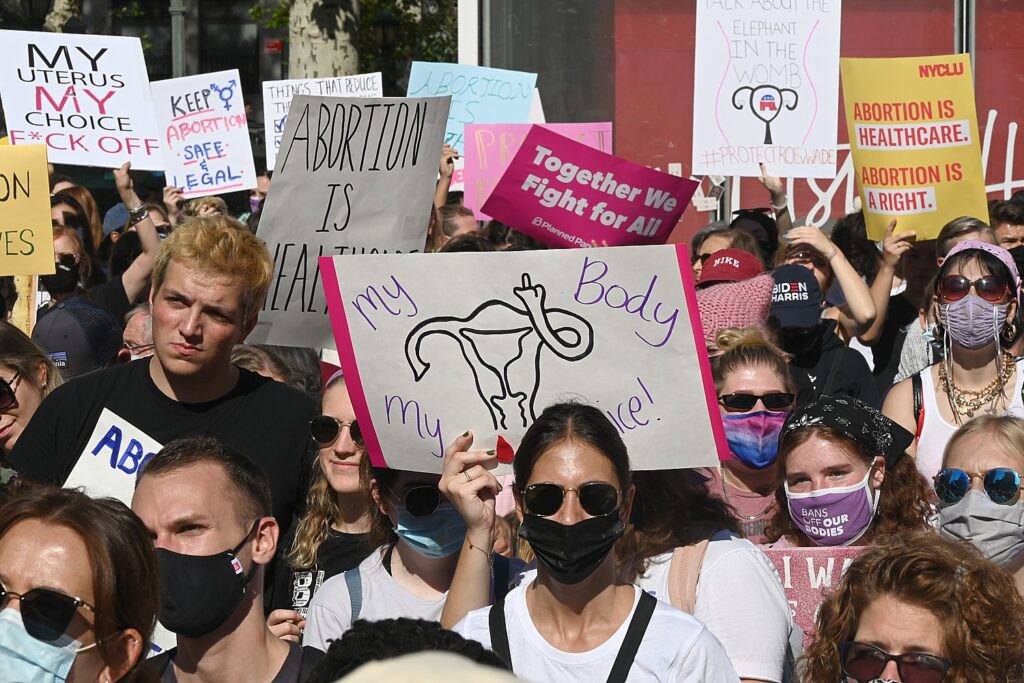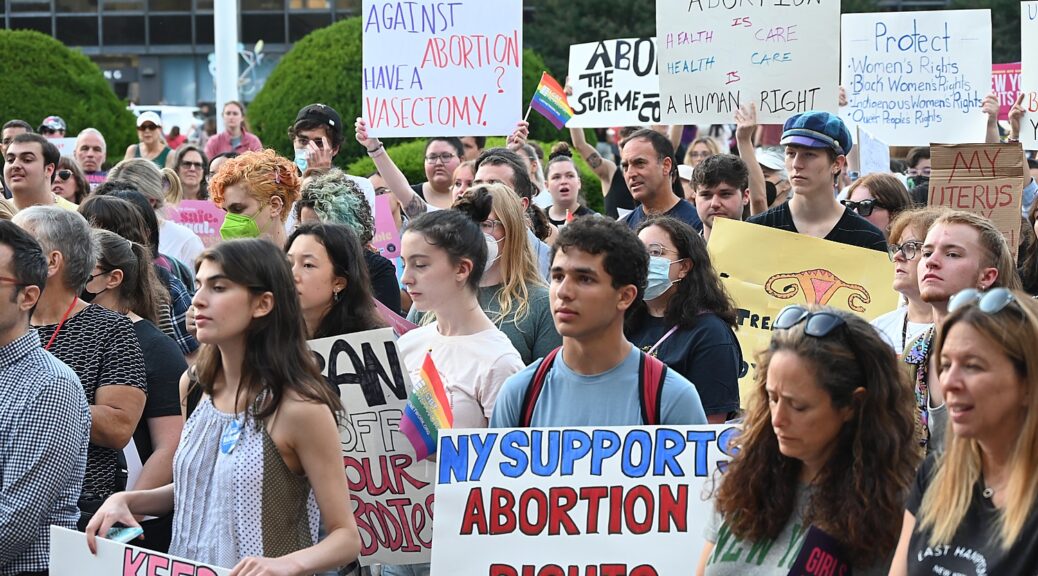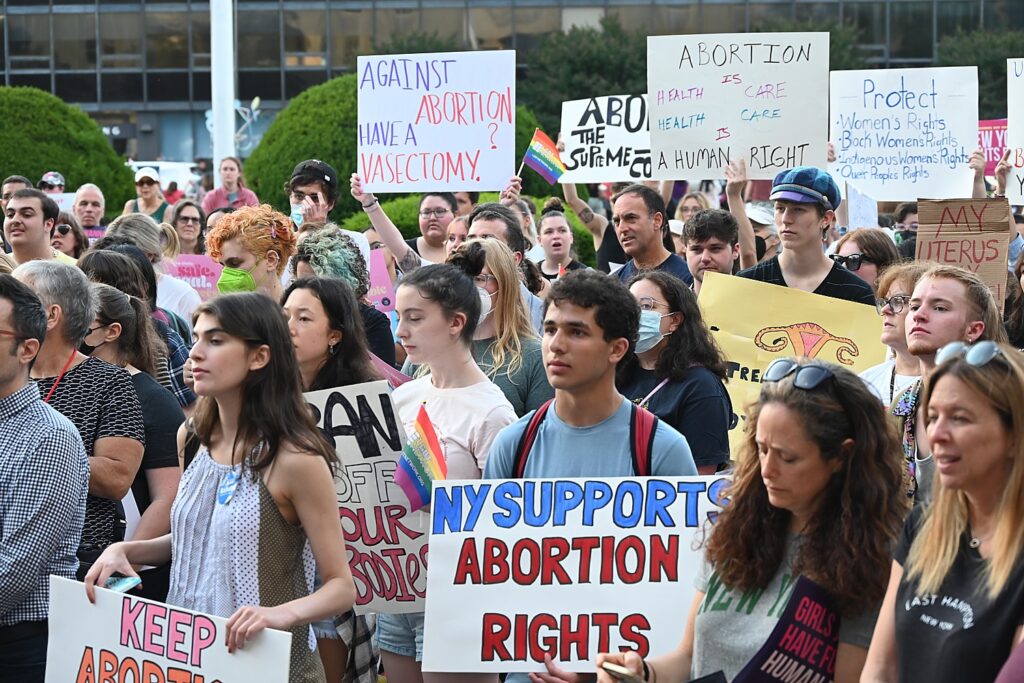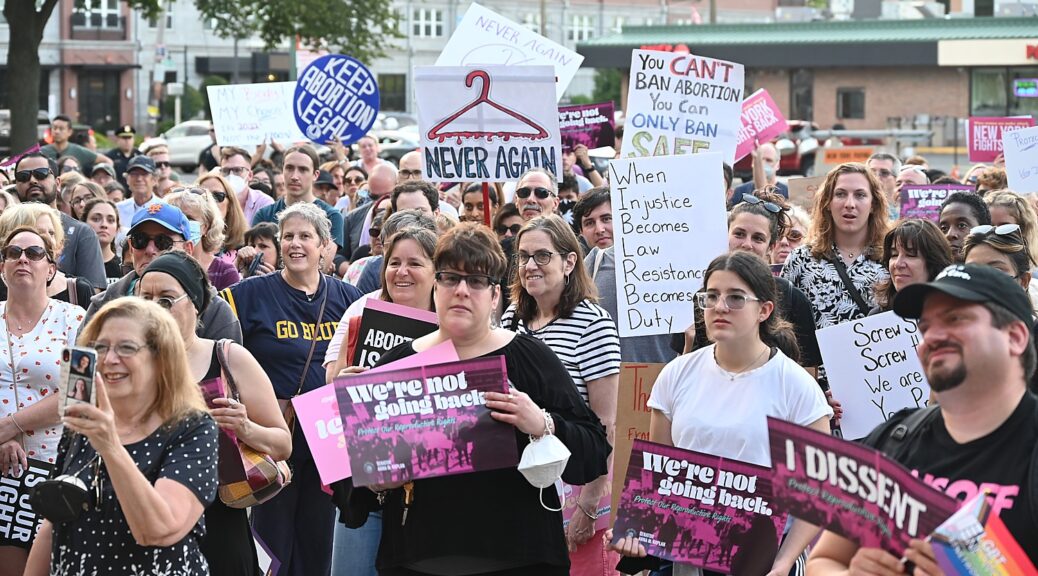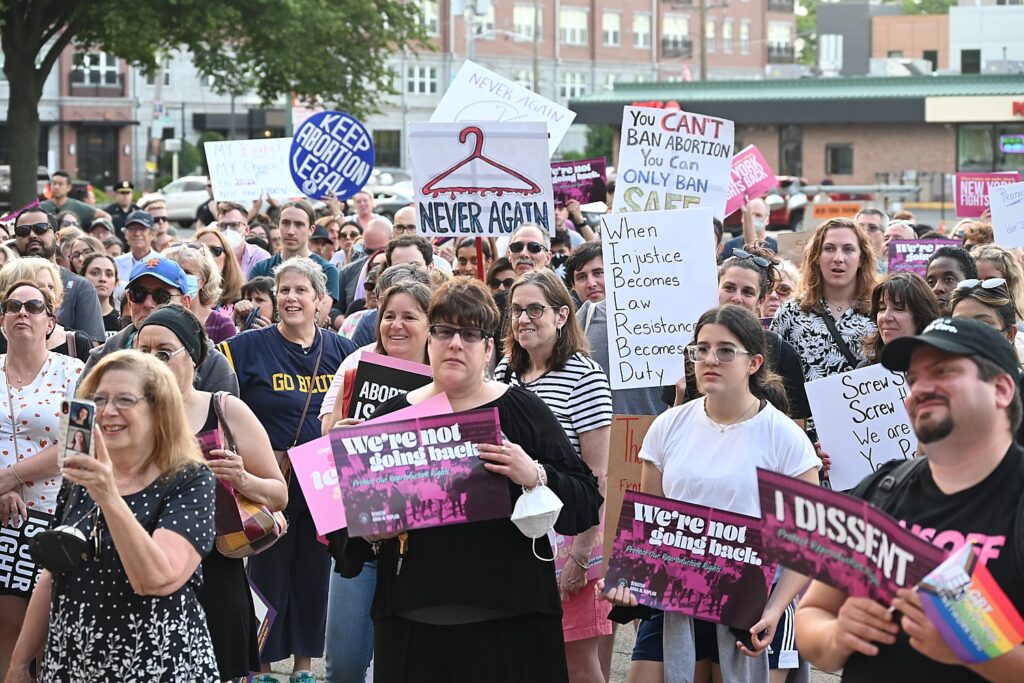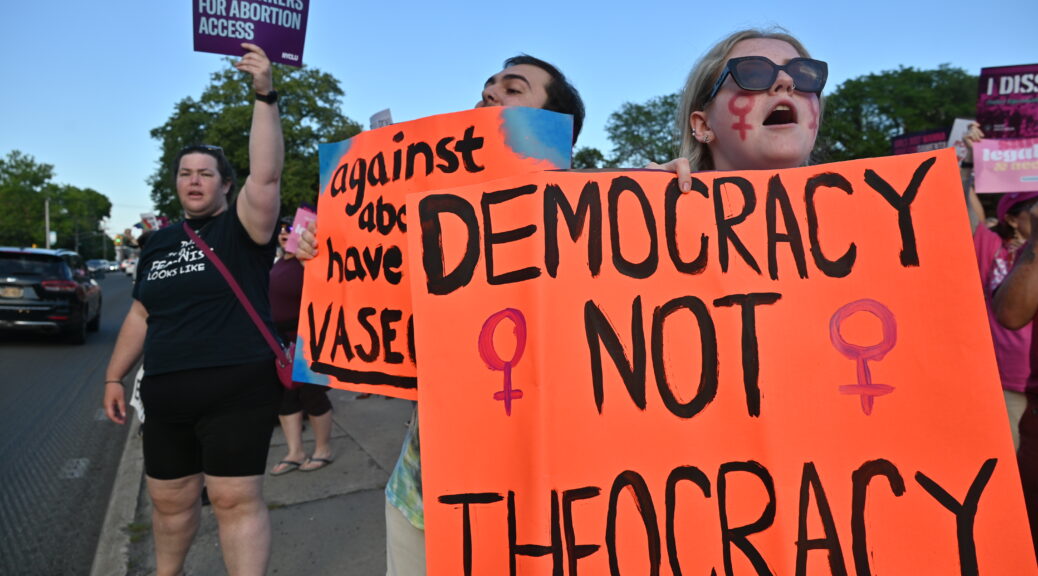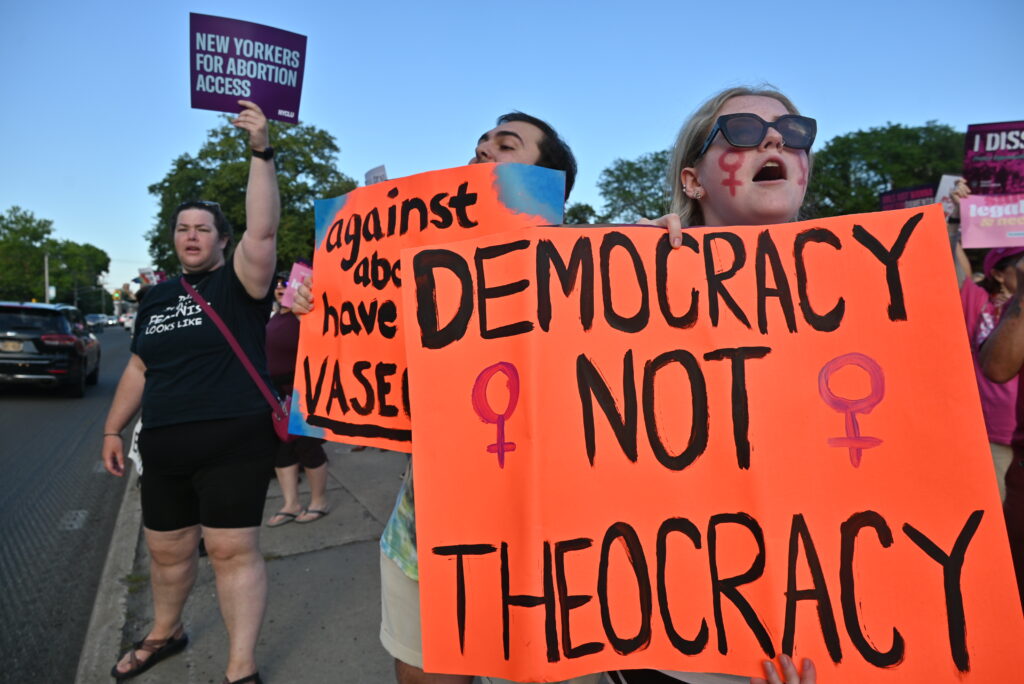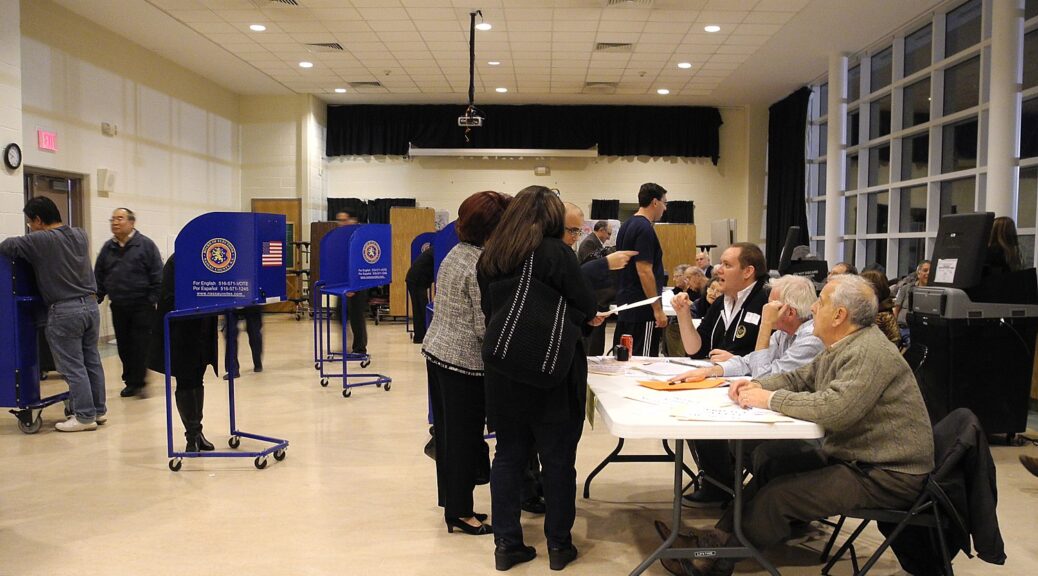
The MAGA Republicans’ extreme bill would cut veterans’ health care, jeopardize public safety, and raise costs for families—even as House Republicans separately push for trillions in tax cuts skewed to the wealthy and big corporations. Essentially the Republicans are holding the economy, and millions of families hostage. It comes down to: “Pretty nice economy you got here. Terrible if something bad would happen to it.” This fact sheet is supplied by the White House:
Congressional Republicans are holding the nation’s full faith and credit hostage in an effort to impose devastating cuts that would hurt veterans, raise costs for hardworking families, and hinder economic growth. The Default on America Act would cut veterans’ health care, education, Meals on Wheels, and public safety, take away health care from millions of Americans, and send manufacturing jobs overseas. Outside economists say that if enacted, the Default on America Act would “increase the likelihood” of a recession and result in 780,000 fewer jobs by the end of 2024. And House Republicans are demanding these cuts while separately advancing proposals to add over $3 trillion to deficits through tax cuts and giveaways skewed to the wealthy and big corporations.
The Default on America Act stands in sharp contrast with President Biden’s Budget, which invests in America, lowers costs for families, protects and strengthens Medicare and Social Security, and reduces the deficit by nearly $3 trillion over 10 years, while ensuring no one making less than $400,000 per year pays a penny more in new taxes.
Today, the White House released 51 fact sheets highlighting the devastating impacts of the Default on America Act on states and the District of Columbia. Nationally, the Default on America Act would have devastating impacts on the American people. It would:
Jeopardize Transportation Safety and Infrastructure
- Cut Nearly 7,500 Rail Safety Inspections. At a time when train derailments are wreaking havoc on community safety, The Default on America Act would lead to nearly 7,500 fewer rail safety inspection days and over 30,000 fewer miles of track inspected annually—enough track to cross the United States nearly 10 times. Since the Norfolk Southern train derailment, bipartisan Senators have called for more rail inspections, not fewer.
- Jeopardize Air Safety by Shutting Down at Least 375 Air Traffic Control Towers. The Default on America Act would shut down services at 375 federally-staffed and contract Air Traffic Control Towers across the country—undermining safety at two thirds of all U.S. airports—and increase wait times at TSA security check points by over 2 hours at large airports across the country.
- Withhold Vital Transportation Infrastructure Funding. Under the Default on America Act, the United States would stand to lose nearly $5.2 billion in funding for transit and highway infrastructure projects all across the country.
Raise Costs for Families
- Eliminate Preschool and Child Care Slots. The Default on America Act would mean 200,000 children lose access to Head Start slots and 180,000 children lose access to child care—undermining our children’s education and making it more difficult for parents to join the workforce and contribute to our economy.
- Strip Nutrition Assistance from Women and Children. The Default on America Act would also mean 1.7 million women, infants, and children would lose vital nutrition assistance through the Special Supplemental Nutrition Program for Women, Infants, and Children (WIC), increasing child poverty and hunger.
- Raise Housing Costs for Americans. Under the Default on America Act, more than 600,000 families would lose access to rental assistance, including older adults, persons with disabilities, and families with children, who without rental assistance would be at risk of homelessness.
Harm Seniors, Older People, and Veterans
- Threaten Medical Care for Veterans. The House Republicans’ Default on America Act would mean 30 million fewer veteran outpatient visits, and 81,000 jobs lost across the Veterans Health Administration, leaving veterans unable to get appointments for care including wellness visits, cancer screenings, mental health services, and substance use disorder treatment.
- Worsen Social Security and Medicare Assistance Wait Times for Seniors. Under the House Republicans’ Default on America Act, people applying for disability benefits would have to wait at least two months longer for a decision. With fewer staff available, seniors would also be forced to endure longer wait times when they call for assistance for both Social Security and Medicare, and as many as 240 Social Security field offices could be forced to close or shorten the hours they are open to the public.
- Jeopardize Food Assistance for Older Adults. House Republicans are threatening food assistance for up to 900,000 older adults with the Default on America Act’s harsh new eligibility restrictions in the Supplemental Nutrition Assistance Program (SNAP).
Jeopardize Health Coverage and Access to Care
- Jeopardize Health Coverage and Access to Care for Americans. The Default on America Act would put health insurance coverage—and health—at risk for 21 million Americans. Only one state has ever fully implemented similar policies, and nearly 1 in 4 adults subject to the policy lost their health coverage—including working people and people with serious health conditions—with no evidence of increased employment.
- Deny Americans Access to Treatment for Opioid Use Disorder. The Default on America Act would deny access to opioid use disorder treatment for more than 28,000 people through the State Opioid Response grant program—denying them a potentially life-saving path to recovery.
Hurt Children and Students and Undermine Education and Job Training
- Gut Funding for Low-Income Students. The Default on America Act would cut approximately $4 billion in funding for schools serving low-income children—equivalent to removing more than 60,000 teachers and specialized instructional support personnel from classrooms, impacting an estimated 26 million students.
- Reduce Support for Students with Disabilities. Under the Default on America Act, as many as 7.5 million children with disabilities would face reduced supports—a cut equivalent to removing more than 48,000 teachers and related services providers from the classroom.
- Slash Mental Health Support for Students. The Default on America Act would limit educators’ abilities to address student mental health issues and prevent suicide and drug use by cutting funding dedicated to creating healthy learning environments in schools by about $300 million.
- Eliminate Student Debt Relief. The Default on America Act would eliminate the President’s one-time student debt relief plan, denying much needed emergency student loan relief of up to $20,000 for more than 40 million Americans recovering from the effects of the pandemic. It would also block the creation of new, more affordable student loan repayment plans such as the President’s proposal to cut undergraduate loans payments in half.
- Make College More Expensive. The Default on America Act would reduce the maximum award for Pell Grants by nearly $1,000, likely eliminating it altogether for 80,000 students while making it harder for the remaining 6.6 million recipients to attend and afford college.
- Cut Off Access to Workforce Development Services. The Default on America Act would result in nearly 700,000 fewer workers receiving job training and employment services provided through the Department of Labor’s workforce development funding. These harmful cuts would deprive businesses of the skilled workforce they need to thrive, and would cut off worker pathways to good jobs.
State Fact Sheets:
- Alabama
- Alaska
- Arizona
- Arkansas
- California
- Colorado
- Connecticut
- District of Columbia
- Delaware
- Florida
- Georgia
- Hawaii
- Idaho
- Illinois
- Indiana
- Iowa
- Kansas
- Kentucky
- Louisiana
- Maine
- Maryland
- Massachusetts
- Michigan
- Minnesota
- Mississippi
- Missouri
- Montana
- Nebraska
- Nevada
- New Hampshire
- New Jersey
- New Mexico
- New York
- North Carolina
- North Dakota
- Ohio
- Oklahoma
- Oregon
- Pennsylvania
- Rhode Island
- South Carolina
- South Dakota
- Tennessee
- Texas
- Utah
- Vermont
- Virginia
- Washington
- West Virginia
- Wisconsin
- Wyoming
This analysis assumes an across-the-board reduction of roughly 22% compared to currently enacted FY 2023 levels for non-defense discretionary accounts. That aligns with Congressional Republicans’ Default on America Act, which would return discretionary spending to FY 2022 levels on an ongoing basis while exempting defense spending.


